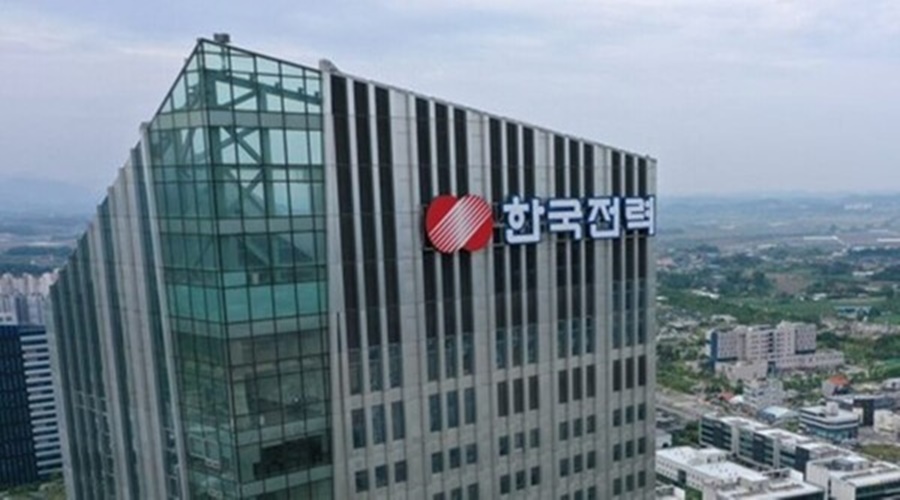
Korea Electric Power Corporation (KEPCO) recorded an operating profit for the first time in four years, largely due to last year’s electricity rate hikes. However, its total debt increased by over 2.7 trillion KRW, exacerbating its financial burden.
According to the power industry on the 9th, KEPCO’s total debt as of the end of last year stood at 205.181 trillion KRW, an increase of 2.731 trillion KRW compared to the previous year. This figure is equivalent to five times the market capitalization of Hyundai Motor (41.1 trillion KRW).
KEPCO had posted losses for three consecutive years from 2021 to 2023 but returned to profitability last year with an operating profit of around 8 trillion KRW. However, the accumulated losses over the years have resulted in a continuous increase in debt rather than a reduction.
Last year, KEPCO’s interest expenses reached approximately 5 trillion KRW. Additionally, the completion of the Shin-Hanul Unit 2 nuclear power plant led to the inclusion of 2 trillion KRW in provisions for post-nuclear disposal costs, contributing to the rise in liabilities.
KEPCO's financial crisis began in earnest in 2021 when international energy prices surged, yet electricity rates were set below cost.
As a result, KEPCO recorded a cumulative operating loss of 43 trillion KRW from 2021 to 2023. Despite returning to profitability last year, the company still has an accumulated operating deficit of 34.7 trillion KRW.
In particular, KEPCO has been rolling over its debt by borrowing new funds to repay maturing liabilities. Of the company’s total debt of 205 trillion KRW, 132.5 trillion KRW consists of borrowings. This year and next year, KEPCO is scheduled to repay 35.4 trillion KRW and 26.1 trillion KRW, respectively.
Concerns are mounting that this debt issue could hinder new investments.
Last year, KEPCO’s investment execution rate reached only 91% of its planned amount, raising concerns that the expansion of the transmission and distribution network—key to the national power infrastructure—may face delays.
By 2036, South Korea needs to expand its transmission lines to 1.64 times the 2021 level, with an estimated investment of approximately 56 trillion KRW.
However, KEPCO’s ongoing financial deterioration is increasingly seen as a major obstacle to these long-term investment plans.
To improve its financial structure, KEPCO is expected to consider further electricity rate hikes, government support, and restructuring measures. Balancing debt repayment pressures with essential power infrastructure investments will likely remain the company’s biggest challenge moving forward.
https://www.sankyungtoday.com/news/articleView.html?idxno=51314
KEPCO Turns Profitable After 4 Years, but Debt Increases to 205 Trillion KRW
Korea Electric Power Corporation (KEPCO) recorded an operating profit for the first time in four years, largely due to last year’s electricity rate hikes. Howe
www.sankyungtoday.com



